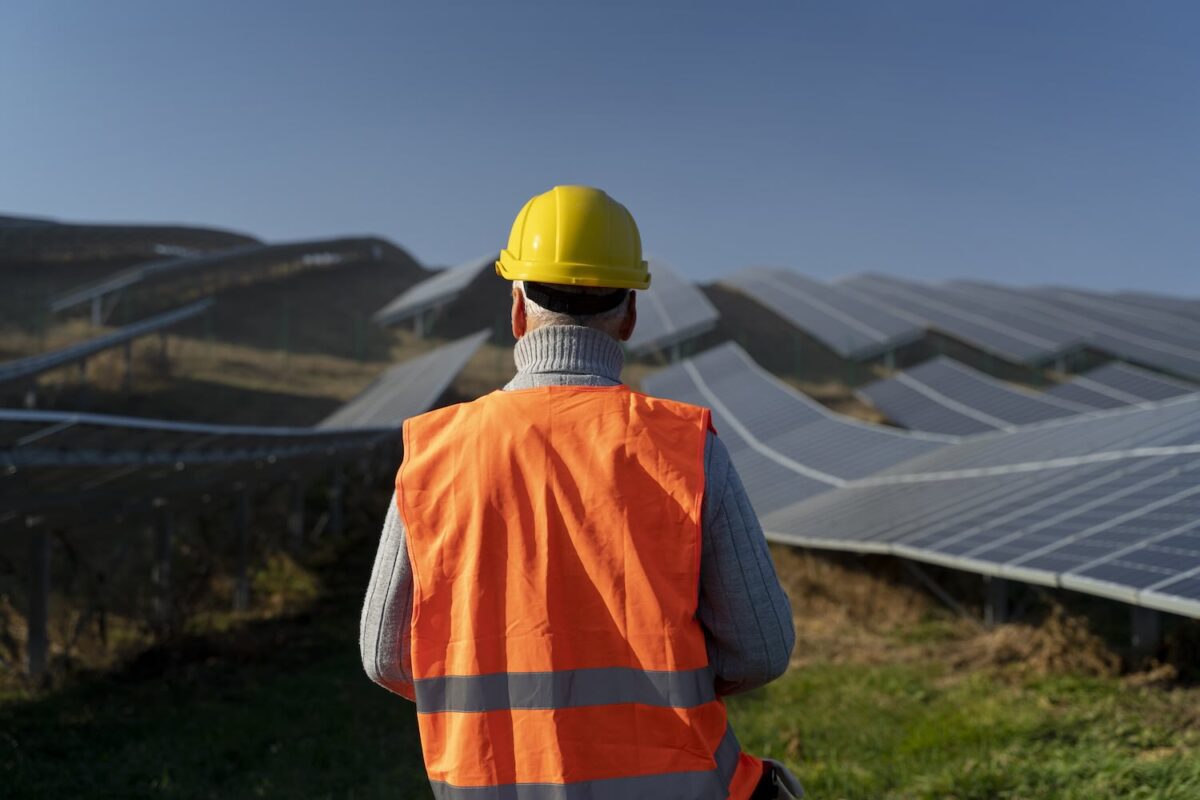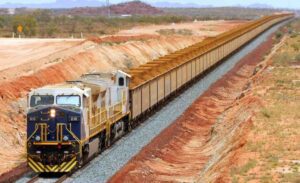Australia has the best solar resources in the world, the best innovators in the world, and leads the world in solar rooftop installations.
A whopping 3.9 million solar systems have been installed across Australia – cutting electricity bills and helping save the planet. Until now, Australia lagged in one critical area – we let other countries take our innovation, commercialise it and then sell back to us.
It’s been a very long time coming but finally, someone is prepared to put the light on the hill when comes to getting Australia making again. Halleluiah, baby. We are finally moving from a dig-and-ship export economy to a circular economy.
It started in the 1950s when the Commonwealth Science and Industry Research Organisation (CSIRO) led the world to use solar power in heating water and created the world’s first solar hot water systems.
It was about this time the potential of solar became clear, and, in 1954, the Australian Solar Energy Organisation Ltd – now trading as the Smart Energy Council was established.
Our immediate past Chair, Steve Blume said: “It was a bloody good idea for Australia to invest heavily in researching solar power, but I can’t for the life of me see why we didn’t make the panels here in Australia.” We were in the pole position for the energy source of the future.
In the late 1980s Professor Martin Green and his team at UNSW were pushing the limits of physics and chemistry when they developed the world’s first solar photovoltaic system with 20 per cent efficiency.
And they have kept pushing the boundary ever since. Work worthy of a Nobel Prize. In the meantime, the Smart Energy Council proudly celebrates Professor Martin Green as a member of our Hall of Fame.
Australia has a history of being the smartest people in the room, but failing to commercialise the research. China did not miss its shot and now provides about 90 per cent of the world’s solar panels.
China currently manufactures about 79 per cent of polysilicon, 97 per cent of wafers, 85 per cent of solar cells and 75 per cent of the world’s solar modules.
We thank China for dramatically driving down the price of solar panels – making solar panels that are readily accessible to everyday working Australians. But, in the process, Australia missed that trillion-dollar opportunity and now it’s time to get back in the game.
The Albanese Government has finally turned off the brain drain and is investing in manufacturing the products of the future, such as solar photovoltaic panels.
We won’t just dig and ship. Australia will add value to the critical and strategic minerals vested in this great southern land. We will add value from silica to seed crystals (in the case of mono-crystalline panels), to silicon ingots and wafers, to putting them side-by-side to make what we know as solar PV panels.
The key opportunity is adding value to each and every stage of the manufacturing process from silica to solar PV panels.
Luckily, Australia’s best and brightest didn’t surrender when it comes to making solar in Australia. Tindo Solar is making state-of-the-art solar panels in our very own Adelaide.
It might be a long time until we make nuclear submarines here – but in the meantime, solar manufacturing is booming. 5B is an Australian solar pioneer, rapidly accelerating the deployment of large-scale solar with its prefabricated, pre-wired ground mount technology – a solar power station in a box.
UNSW has also spun out another winner with Sundrive – a world-leading solar technology company based in South Sydney. Sundrive’s unique solar PV panels have replaced the need for silver with copper in solar panels – which is much cheaper and abundant.
Sundrive has also been breaking records with solar panels that are 30 per cent solar module efficiency and aims to have an installed cost of 30 cents per watt by 2030. The next wave of solar technology. Without this kind of bold ambition and the vision of the Federal and State Government of NSW, they too would have been lost overseas.
Finally, Australia has the chance to fulfil its solar potential. To lead in research, and then turn that research into the products that will power the whole world. It has been a very long time coming, and took vision and leadership to make it real. A bright day for Australia indeed.
John Grimes is the Chief Executive Officer of the Smart Energy Council









